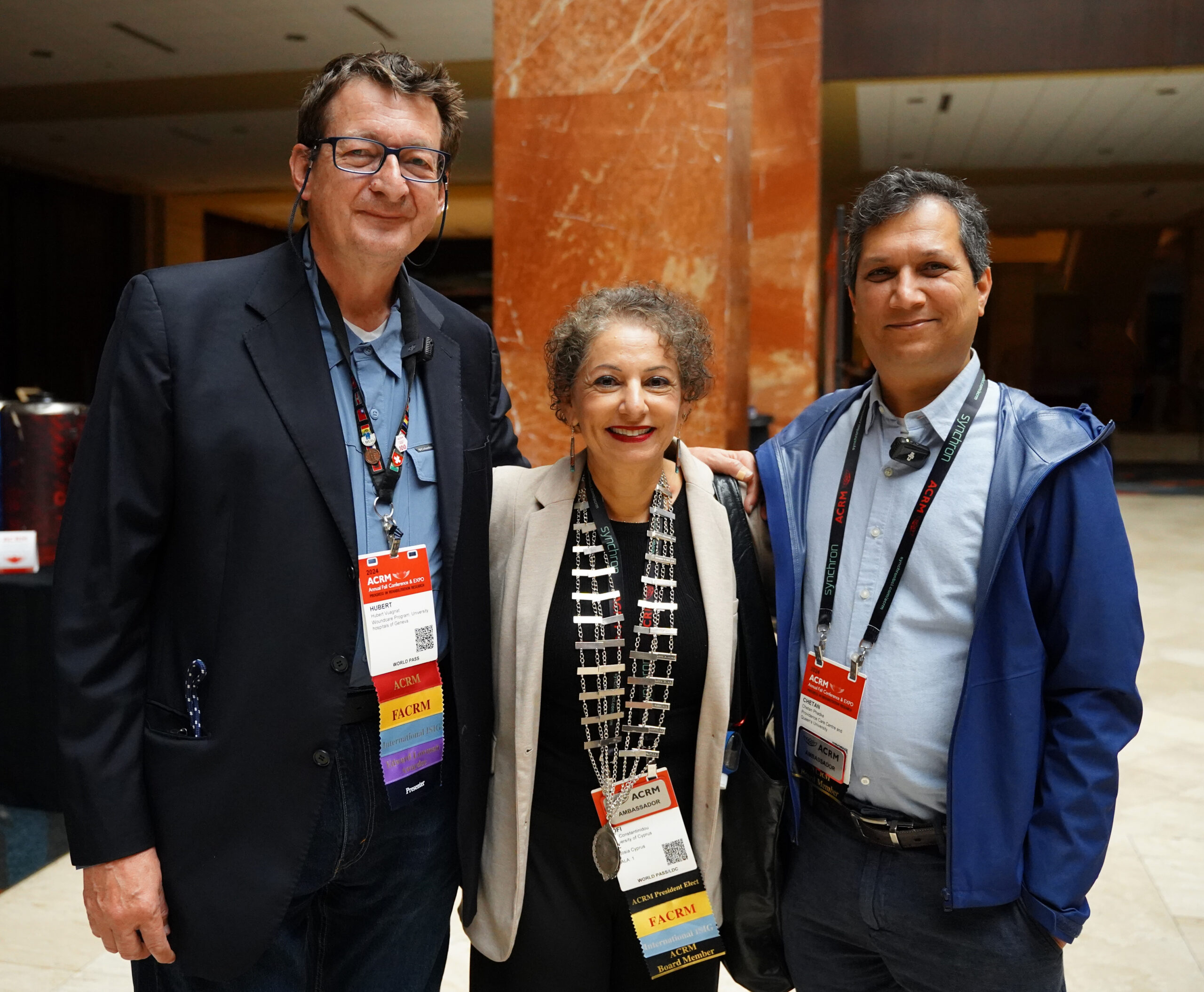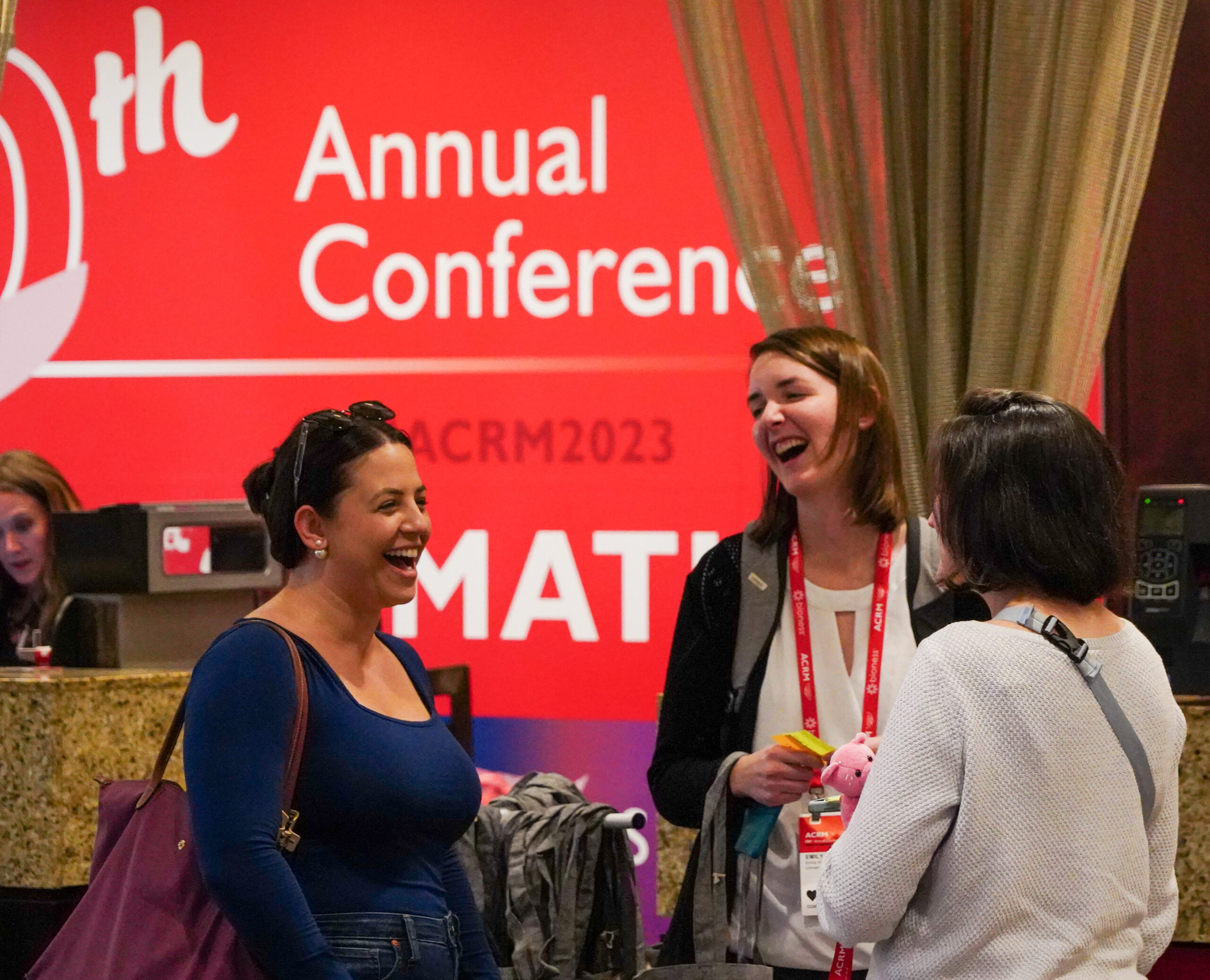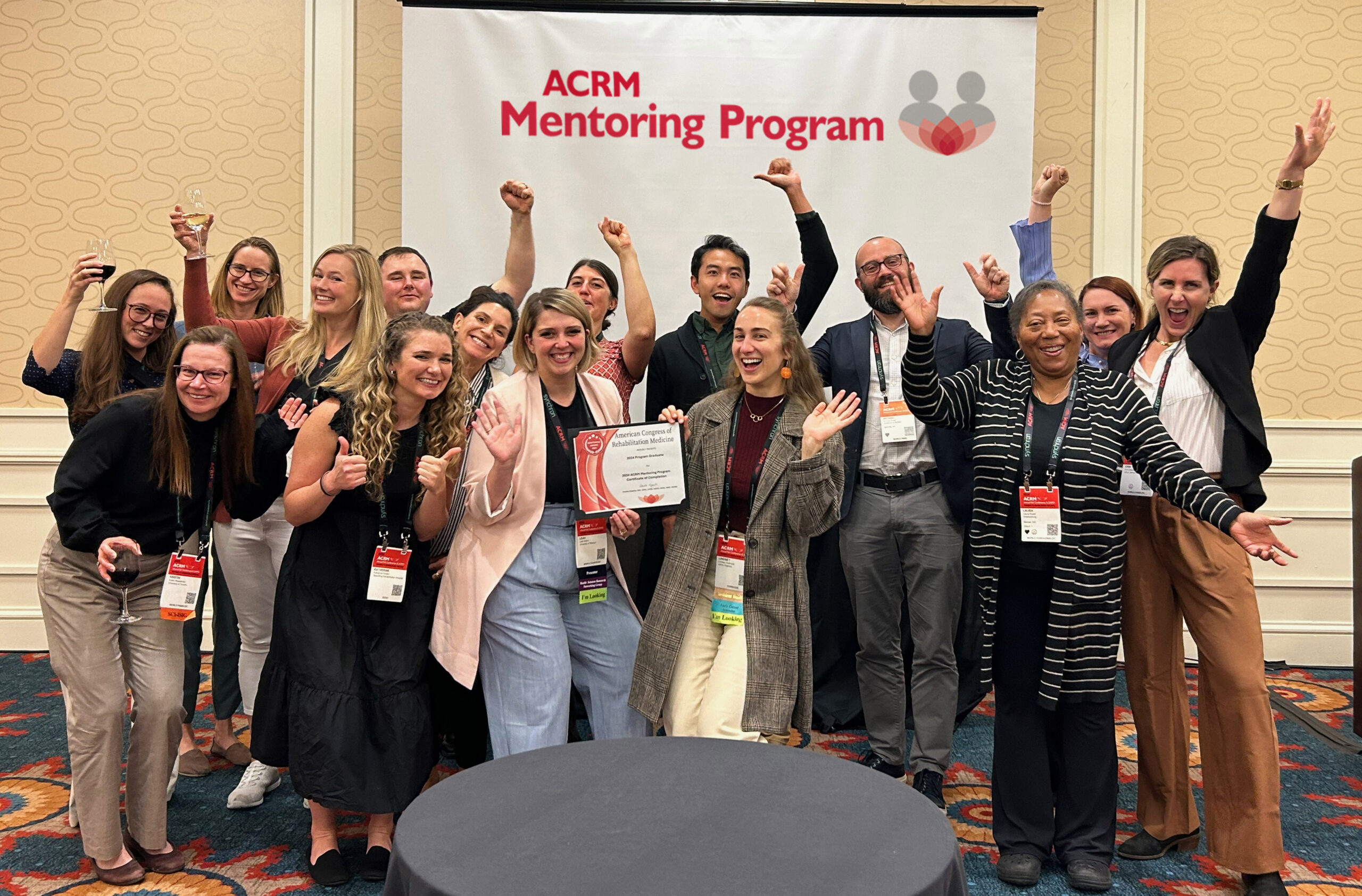Scoliosis, or abnormal lateral curvature of the spine, affects between two percent and three percent of Americans, or about six to nine million people. In today’s blog we’re providing a general overview of adolescent scoliosis, from common types, to treatment, to news in rehabilitation research in this aspect of pediatric rehabilitation science.
If you’re in the field of pediatric rehabilitation, please consider joining our ACRM Pediatric Rehabilitation Networking Group. And if you’re interested in going more in depth than a general-audience blog can cover, consider signing up for the IC 11: Evidence Based Multidisciplinary Approach to Adolescent Idiopathic Scoliosis Workshop at this year’s ACRM Annual Conference. If you haven’t already registered for the conference — and we hope you’ve been looking forward to it for months! — register here.

Adolescent Idiopathic Scoliosis
Adolescent Idiopathic Scoliosis (AIS) occurs in late childhood or adolescence, when children are growing very quickly. As of now, we don’t know what causes AIS — hence the name idiopathic. Rehabilitation research is being done to understand the causes, but we do know that it’s not caused by things like carrying a heavy backpack on one shoulder, playing sports, or having bad posture. Researchers do suspect, though, that there are multiple genes involved in AIS and that it is likely a genetic issue. More rehabilitation research needs to be done in this area on specific genes to better under AIS.
Scoliosis is characterized by an S- or C-shaped curve in the spine, and some curves are more extreme than others. If the curve is more mild, it usually won’t cause problems. A curve can get worse, though, if left untreated. The curve is usually stable, and in mild cases, does not cause much pain or interfere with movement. The severity of scoliosis is determined by measuring the Cobb Angle, which measures the side-to-side spinal curvature.
Degrees of Scoliosis:
- Mild – a curve less than 20 degrees
- Moderate – a curve between 25 and 40 degrees
- Severe – a curve of more than 50 degrees
Treatments
Most mild cases of scoliosis don’t require treatment, but should be monitored regularly to make sure that they don’t get worse. Rehabilitation research shows that the curve is more likely to worsen during growth spurts, so health care providers should keep an eye on children who show signs of mild scoliosis.
If the Cobb’s Angle is greater, or there is concerned that might get worse, the patient should wear a back brace until they are finished growing. While the brace will not correct the curvature, it will prevent it from getting worse. If the Cobb’s Angle of the spine is greater than 40 degrees, spinal fusion surgery may be required to straighten the spine.
Overall, there is no quick fix for scoliosis, but most people with scoliosis live active lives — if they get the right treatment as kids. Rehabilitation research shows that if the patients get the right treatment while they are growing, the spine is unlikely to curve when they are adults.
Scoliosis Screening in Schools
Around half of U.S. states mandate scoliosis screening in schools, and the earlier scoliosis is caught, the more likely it is that the child will not need to have surgery to realign the spine. When scoliosis is caught, rehabilitation measures, such as wearing a brace, can begin. When it comes to scoliosis, time is of the essence, and school screenings are a good way to catch potential curvatures before they become worse. They are also a good opportunity to ensure each child is getting at least one screen, even if they don’t have access to health care.
School screenings also raise awareness for scoliosis, and encourage parents to observe their child’s posture and to ask their pediatrician if they are concerned about their child’s health.
ACRM Conference: Chicago Nov. 5-8
If you found this blog post to be interesting, we encourage you to check out our Pediatric Rehabilitation Community and look to meet with members at the ACRM 2019 Conference. The mission of community is to facilitate conversations around rehabilitation research in order to enhance the lives of children and adolescents with functional limitations.
The mission of ACRM is to improve the lives of disable people, of all ages. Our non-profit is over 95 years old, and we have more than 3,000 members from more than 65 countries. Join our community today. And if you haven’t registered for the conference, do so — we can’t wait to see you in Chicago!









